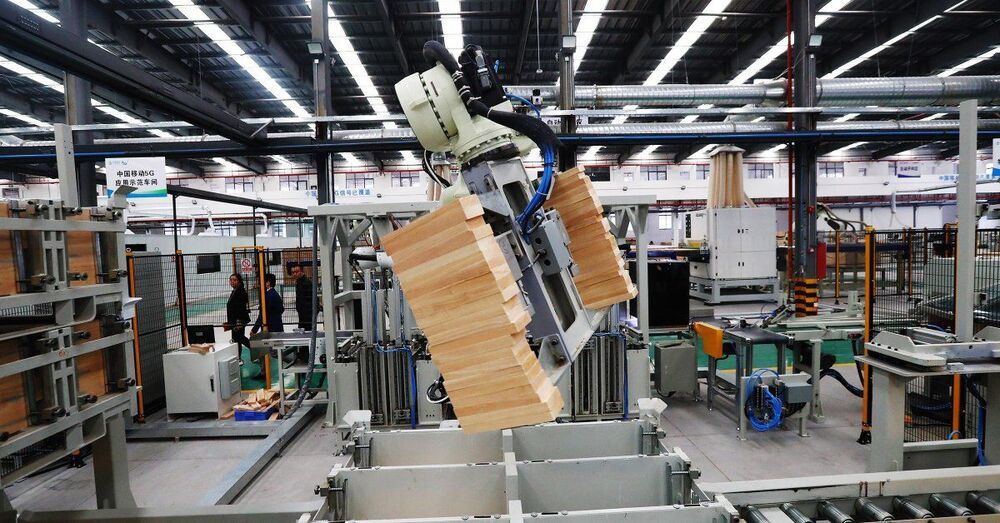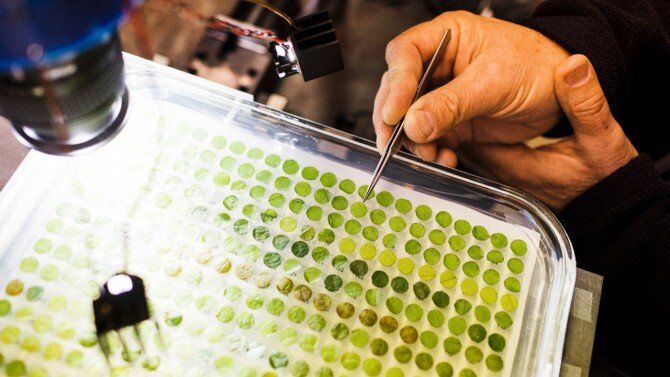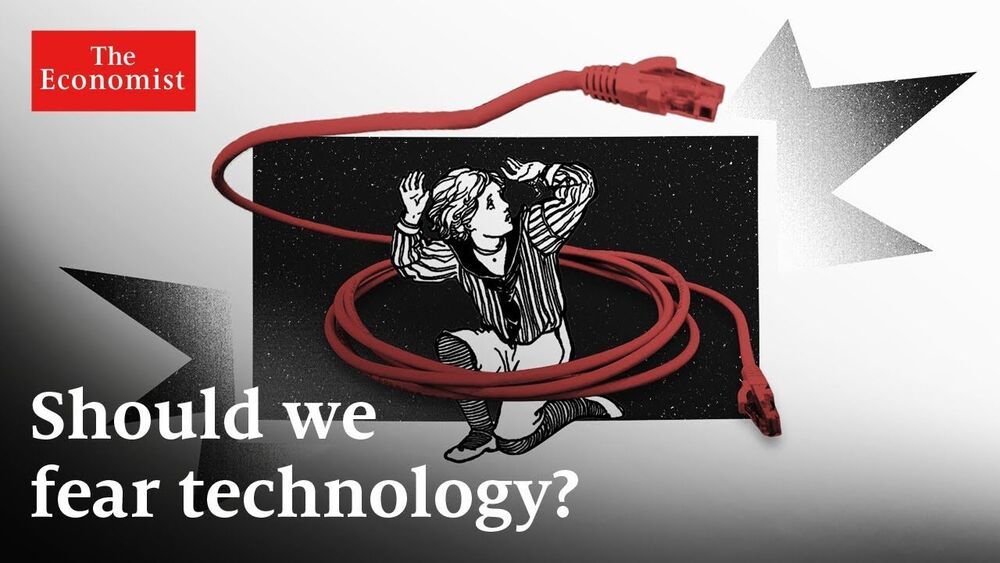
For many years now, China has been the world’s factory. Even in 2,020 as other economies struggled with the effects of the pandemic, China’s manufacturing output was $3.854 trillion, up from the previous year, accounting for nearly a third of the global market.
But if you are still thinking of China’s factories as sweatshops, it’s probably time to change your perception. The Chinese economic recovery from its short-lived pandemic blip has been boosted by its world-beating adoption of artificial intelligence (AI). After overtaking the U.S. in 2,014 China now has a significant lead over the rest of the world in AI patent applications. In academia, China recently surpassed the U.S. in the number of both AI research publications and journal citations. Commercial applications are flourishing: a new wave of automation and AI infusion is crashing across a swath of sectors, combining software, hardware and robotics.
As a society, we have experienced three distinct industrial revolutions: steam power, electricity and information technology. I believe AI is the engine fueling the fourth industrial revolution globally, digitizing and automating everywhere. China is at the forefront in manifesting this unprecedented change.








